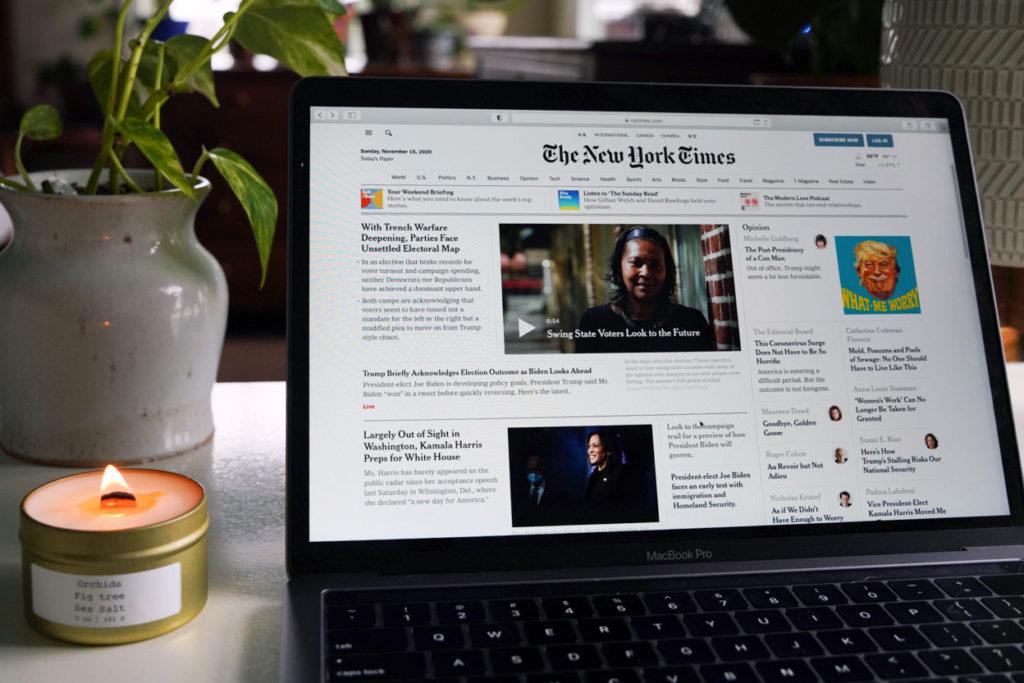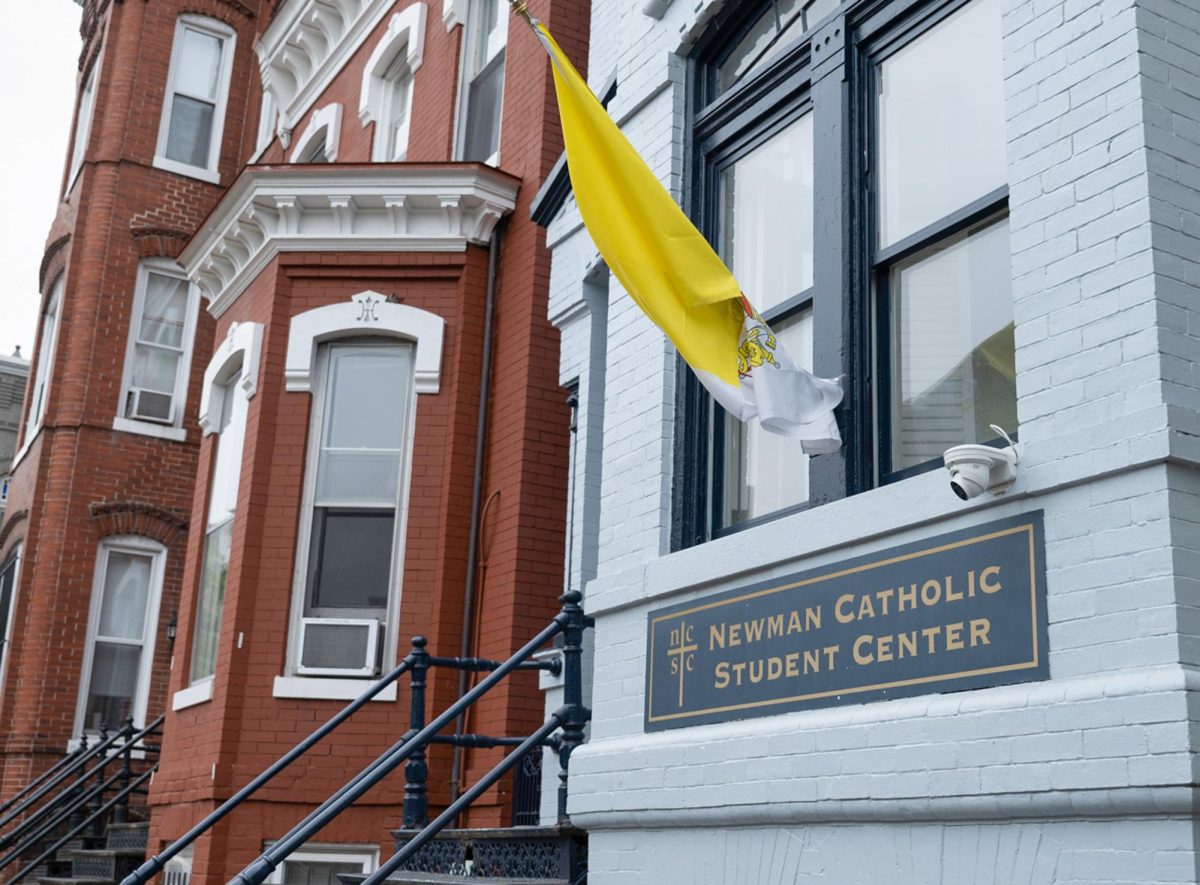Now that pay walls aren’t a concern for students and faculty, it’s time to take advantage of all the University-sponsored newspaper subscriptions have to offer.
You can now access online articles, events and commentary from The Washington Post, The New York Times and The Wall Street Journal free of charge, thanks to a Student Association push.
With these subscriptions, you’ll get unlimited online access to the newspapers’ online articles. But there are some additional perks that are worth taking advantage of by signing up for a subscription.
Here’s a brief list of how you can make the most out of your newspaper subscription:
Sign up for newsletters
While subscriptions aren’t required to sign up for Post, Times or WSJ newsletters, you can’t read the stories in each newsletter without paying. But with your new subscription, find a newsletter or two that will keep you informed about topics you’re interested in.
Sign up for one of the Times’ many newsletters – from education-specific coronavirus briefings, European news and the day’s top headlines to notes from opinion columnists, money tips and movie recommendations. Don’t forget to challenge yourself on your news knowledge with the Times’ daily news quiz newsletter.
The Post offers a collection of newsletters, including one on time management during the pandemic called “What Day Is It?” and another dedicated entirely to this season of The Bachelorette called “The Most Dramatic Newsletter Ever.” For more serious news coverage, sign up for The Post’s newsletters on the day’s news headlines, fact checks on politicians and energy and environment coverage.
If you’re more into financial and tech-focused news, WSJ has newsletters for you. Sign up for their newsletter on innovation called “The Future of Everything” or their markets newsletter, which features minute-by-minute market news and commentary.
Mark your calendar for special events
With your digital WSJ subscription, you can access exclusive virtual events and experiences including webinars, Q&A’s with experts, tours of historical sites and cooking classes. Next week, the paper is hosting a live talk with their chief economics correspondent and the New York Federal Reserve president about what a post-pandemic economy could look like.
Times subscribers can also gain access to live events, like book talks, movie discussions and conversations about wellness. Tune in to its live event about living well in a pandemic winter next week with their wellness columnist, a fitness trainer and a primary care doctor.
Look out for live chats hosted by The Post, like weekly discussions with opinion writers and a series called “Ask Tom,” during which food writer Tom Sietsema covers issues like dining during the pandemic.
Download apps and sign up for news notifications
Without subscriptions, downloading the apps for these newspapers doesn’t do you much good, as much of the content and stories have pay walls. But now, you can access all of the content easily on your phone.
Make sure to download mobile apps for these publications to get the most out of your subscription with breaking news alerts on the go. All three papers offer strong political coverage, but each offer their own speciality.
The Times offers in-depth coronavirus coverage updated hourly with interactive maps that break down cases, deaths and hospitalizations by state. The Post created a section called “Race & Reckoning,” which is dedicated to topics like systemic racism, the Black Lives Matter movement and injustice in America. And WSJ is known for its business and finance reporting, with four sections dedicated to the topics of economy, business, technology and markets.
Check out the culture coverage
In addition to regular arts and culture coverage, both The Times and WSJ house their own magazines – NYT and T Magazine and WSJ Magazine, respectively. NYT Magazine publishes long-form, human interest features whereas its other publication, T Magazine, focuses primarily on design, fashion, art and entertainment.
WSJ Magazine specializes in sit downs with celebrities, fashion forecasting, travel advice and food news. Most recently, it published a piece on South Korean pop group BTS and their rise to international fame.
The Post also offers a platform called The Lily, named for the first newspaper created by and for women. The publication focuses on coverage that is of interest to millennial women, like the intersection of women in politics, feminism, activism and health.
Go beyond the news headlines
Crossword pro? Flex your skills with one of The Post’s or WSJ’s daily crossword puzzles available online. You can time yourself, challenge a friend virtually, get hints and have your answers checked on their website. The Post also offers a daily horoscope so you can stay in touch with your sign.
If you’re looking to improve your quarantine creations in the kitchen, check out NYT Cooking. The website includes a search tool with a database to thousands of recipes, as well as how-tos on both basic and complex cooking techniques. You can also sign up for its newsletter for new recipe ideas delivered to your mailbox daily.







